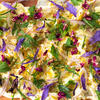Popular
Latest From the Show


Stir-Fried Shrimp with Chilies, Bell Peppers and Peanuts

Q&A with Organizational Pro Peter Walsh + Dermatologist Shares A…

Actor Hank Azaria + Freezer Meals + Artichokes 2 Ways with Rach

See Inside Barbara Corcoran's Stunning NY Apartment + It's Steak…
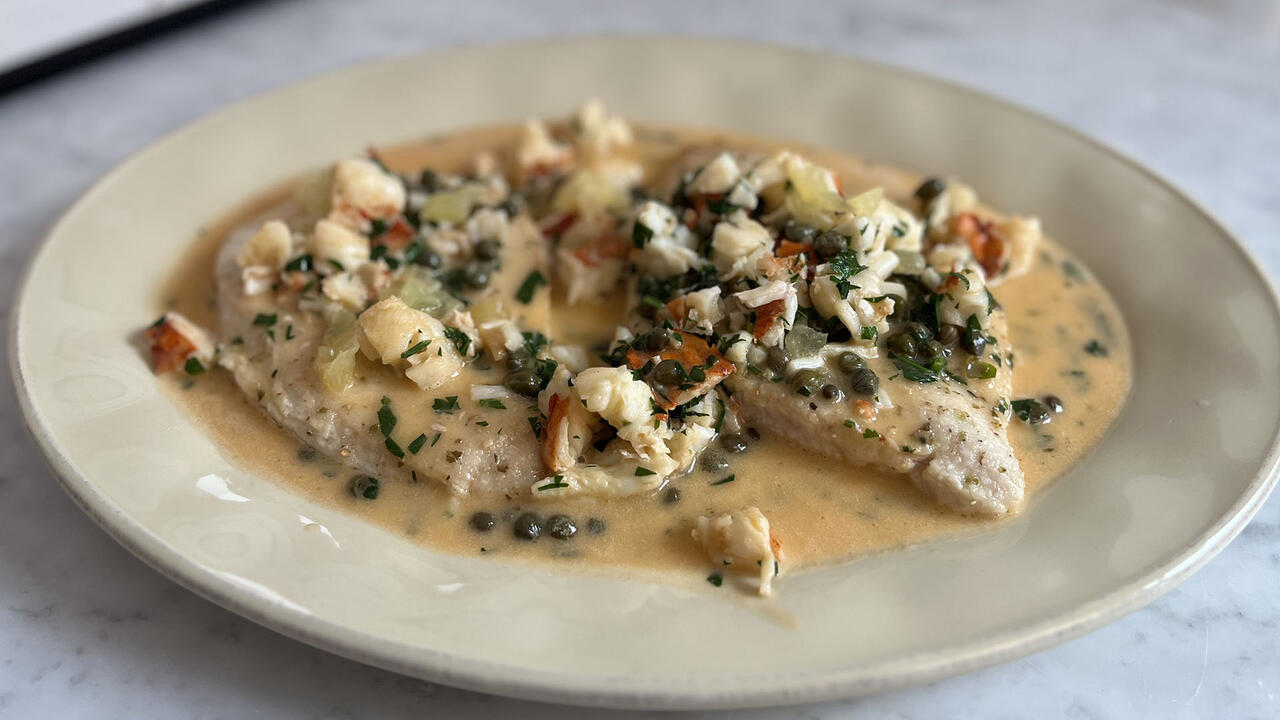
How to Make Chicken and Lobster Piccata | Richard Blais

Donnie Wahlberg Spills Details About NKOTB's First Ever Conventi…

Donnie Wahlberg + Jenny McCarthy Say Rach Is Such a "Joy" + Look…

The Best Moments From 17 Seasons of the Show Will Make You Laugh…

How to Make Crabby Carbonara | Rachael Ray

Rach Chats "Firsts" In Flashback From Our First Episode Ever In …
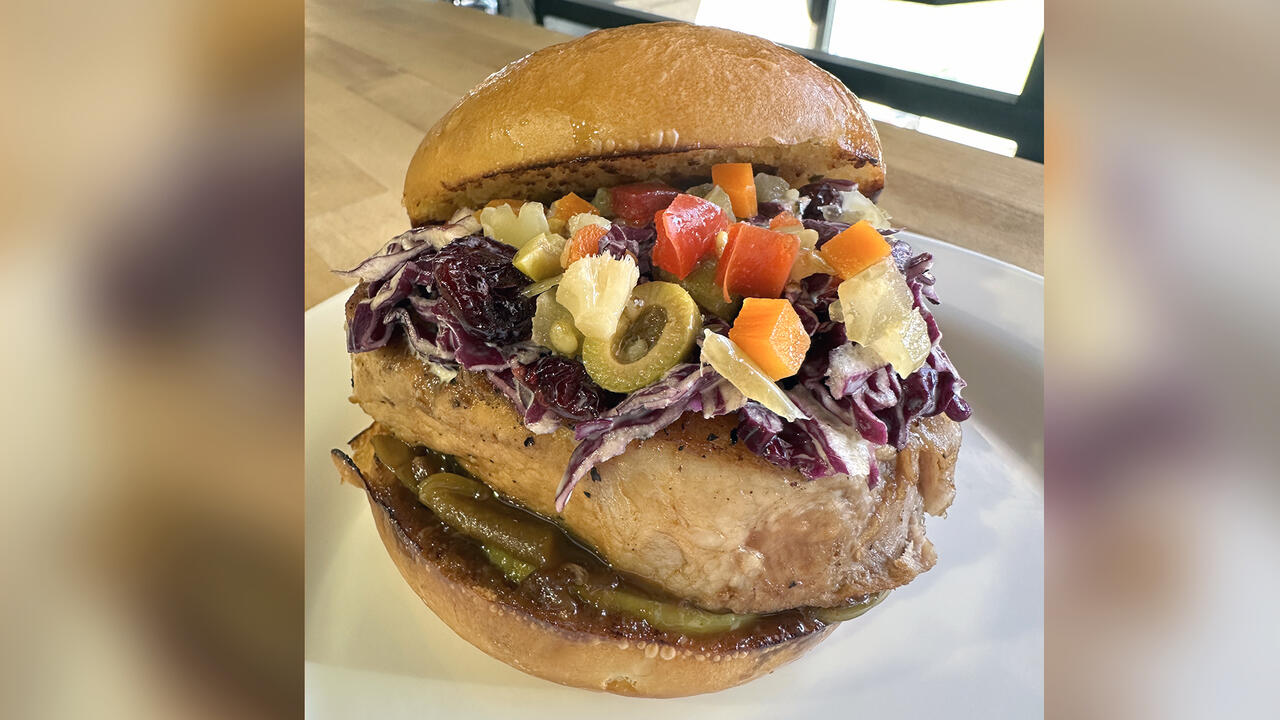
How to Make Apple-Cider Braised Pork Chop Sandwiches with Onion …

Rach's Chef Pals Say Goodbye to Show in Surprise Video Message
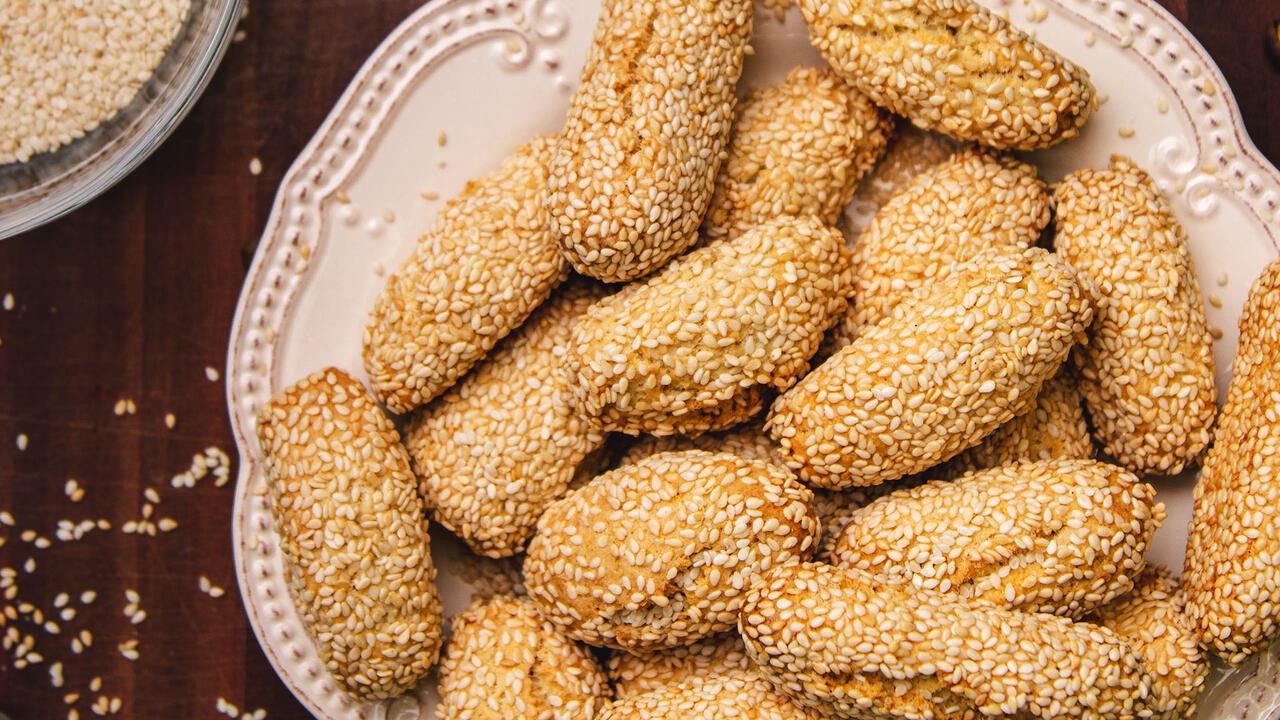
How to Make Sesame Cookies | Buddy Valastro
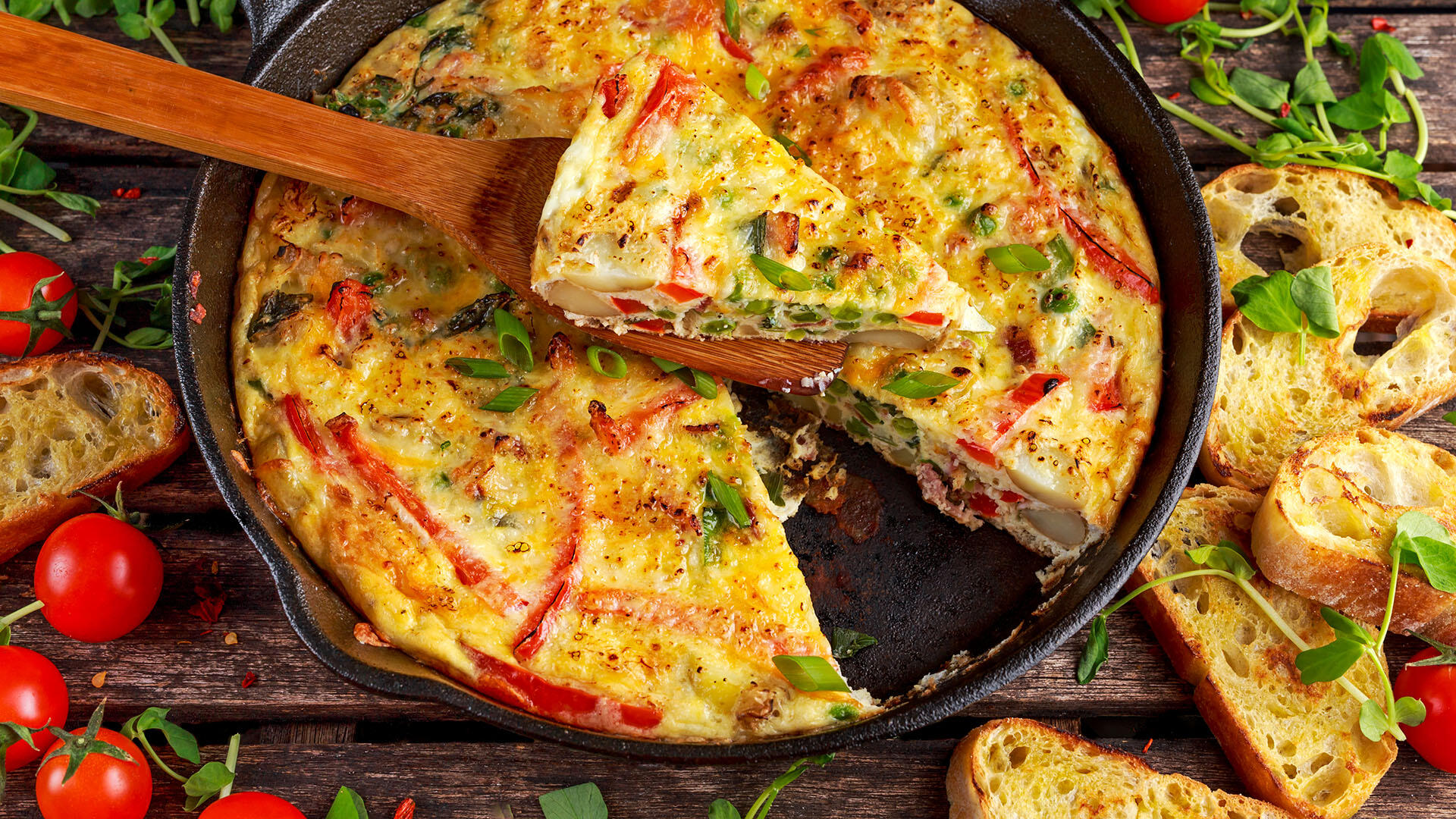
How to Make Tortilla with Potatoes, Piquillo Peppers and Mancheg…
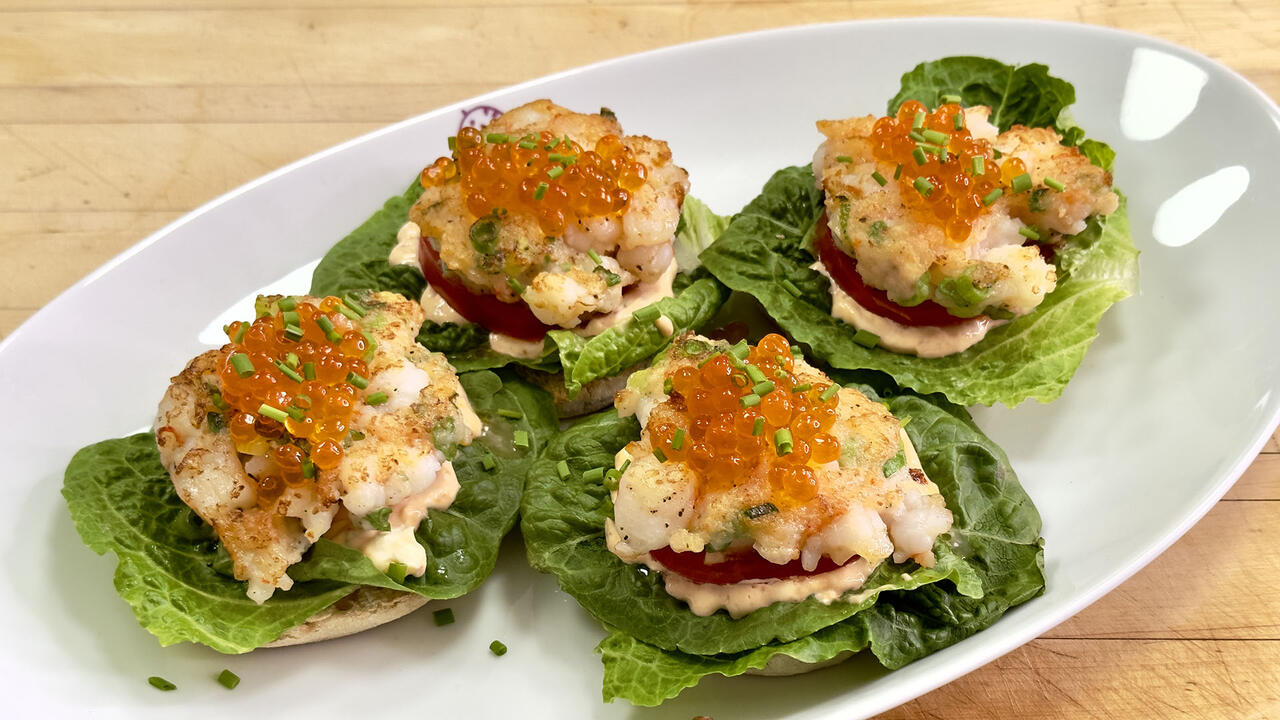
How to Make Shrimp Burgers | Jacques Pepin

How to Make Spanakopipasta | Rachael Ray

Andrew McCarthy Chokes Up Discussing Emotional Trip to Spain wit…

Celebrity Guests Send Farewell Messages After 17 Seasons of the …

Celebrity Guests Send Farewell Messages After 17 Seasons of the …

Andrew McCarthy Teases Upcoming "Brat Pack" Reunion Special

Michelle Obama Toasts Rach's 17 Years on the Air With a Heartfel…
“One of the many reasons that Southeast Asian cuisine has become so popular is the way that its sweet, sour, spicy, and salty flavors dance around in your mouth. Stir-fries - the ultimate one-pot dish - cook within minutes, only adding to their appeal. Be sure to do all your chopping and slicing before you start cooking because it happens so fast. Fresh Thai basil leaves, with their mild anise aroma, are easy to find at Asian and natural food stores, or just use the familiar Italian basil.”
Ingredients
- 1/4 cup oyster sauce
- 1 tablespoon unseasoned rice vinegar
- 1 teaspoon Thai, or Vietnamese fish sauce (nam pla or nuoc cham)*
- 1 teaspoon sesame oil, toasted
- 2 tablespoons canola oil
- 1 onion, small yellow, thickly sliced
- 1/2 red bell pepper, large, cored and cut into about 1/3-inch-wide strips
- 1/2 green bell pepper, large, cored and cut into about 1/3-inch-wide strips
- 1 red, small fresh or green chile, thinly sliced into rings
- 3 cloves garlic, finely chopped
- 1 shallot, finely chopped
- 2 tablespoons ginger, peeled and finely chopped fresh
- 12 ounces uncooked large (31 to 35 count) shrimp, peeled and deveined
- 1/2 cup peanuts, coarsely chopped unsalted roasted
- 1 cup basil leaves basil leaves, fresh Thai or regular
- Kosher salt
- 2 scallions, white and green parts, thinly sliced
- 2 teaspoons white sesame seeds, toasted
- Cooked rice, for serving
- *You can’t cook Southeast Asian cuisine without good fish sauce any more than you can make Chinese or Japanese food without good soy sauce. You can find fish sauce at Asian grocers and many supermarkets. Buy Thai (nam pla) or Vietnamese (nuoc mam) f
Yield
Preparation
In a small bowl, whisk the oyster sauce, vinegar, fish sauce, and sesame oil together and set aside.
Heat a large wok or skillet over medium-high heat. Add the oil and swirl to coat the inside of the wok. Add the onion and bell peppers and stir-fry for about 3 minutes, or until the onion begins to soften. Add the chile, garlic, shallot, and ginger and stir-fry for about 15 seconds, or until fragrant. Add the shrimp and stir-fry for about 2 minutes, or until they begin to turn opaque. Add the reserved sauce and peanuts, and stir-fry for about 1 minute, or until the shrimp are just pink and cooked through. Stir in the basil leaves. Season to taste with salt.
Transfer the stir-fry to a platter. Sprinkle with the scallions and sesame seeds, and serve immediately.
Be sure to measure and prep all of the ingredients, including the seasoning sauces, before you heat the pan. Have your serving dishes ready, too. If you are serving rice with the stir-fry, put it on to cook before you begin any other prepping so it is done when you are ready to serve.
The ingredients should be about the same size and thickness so they cook at the same rate. This is especially true when you are cooking two or three kinds of vegetables together.
A wok is the traditional cooking vessel for stir-fries, but its curved shape is designed for a very high heat source with the flames literally licking up the sides. Some cooks work with a large skillet. To my mind, a flat-bottomed wok is the best of both worlds, and that’s what I use.
Heat the wok or skillet thoroughly over high heat before adding the oil, then tilt the pan so the bottom is coated with the oil.
Remember to fry more than stir. Regardless of stir-frying’s name, if you are cooking on a Western-style stove with standard burners, do not to stir the food constantly, especially animal proteins, as you want the surface to sear and add flavor to the sauce.


